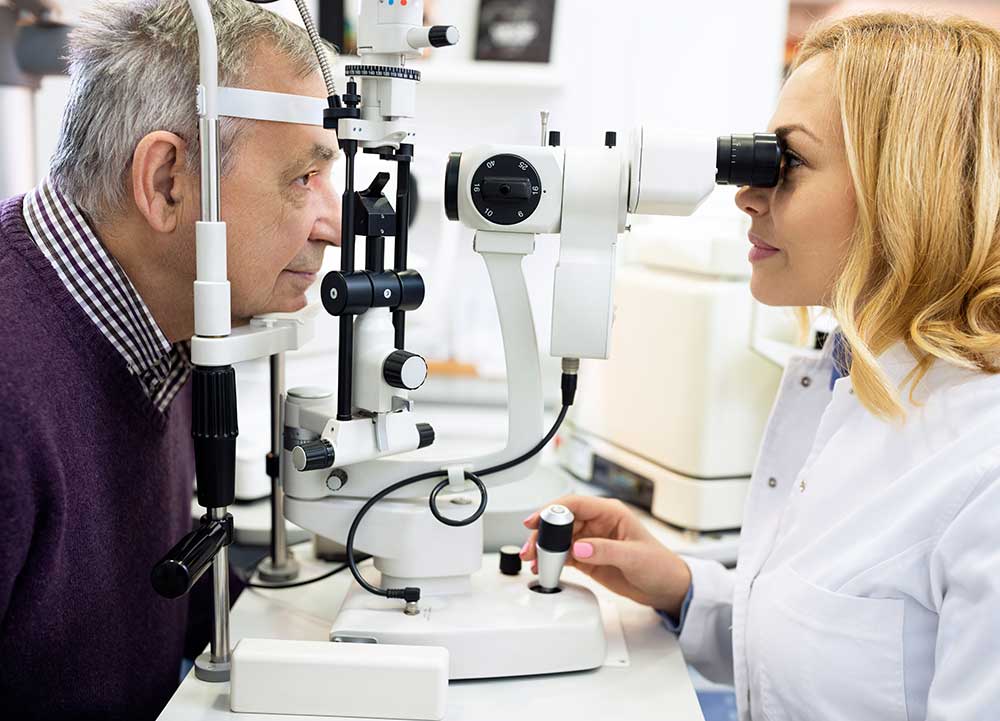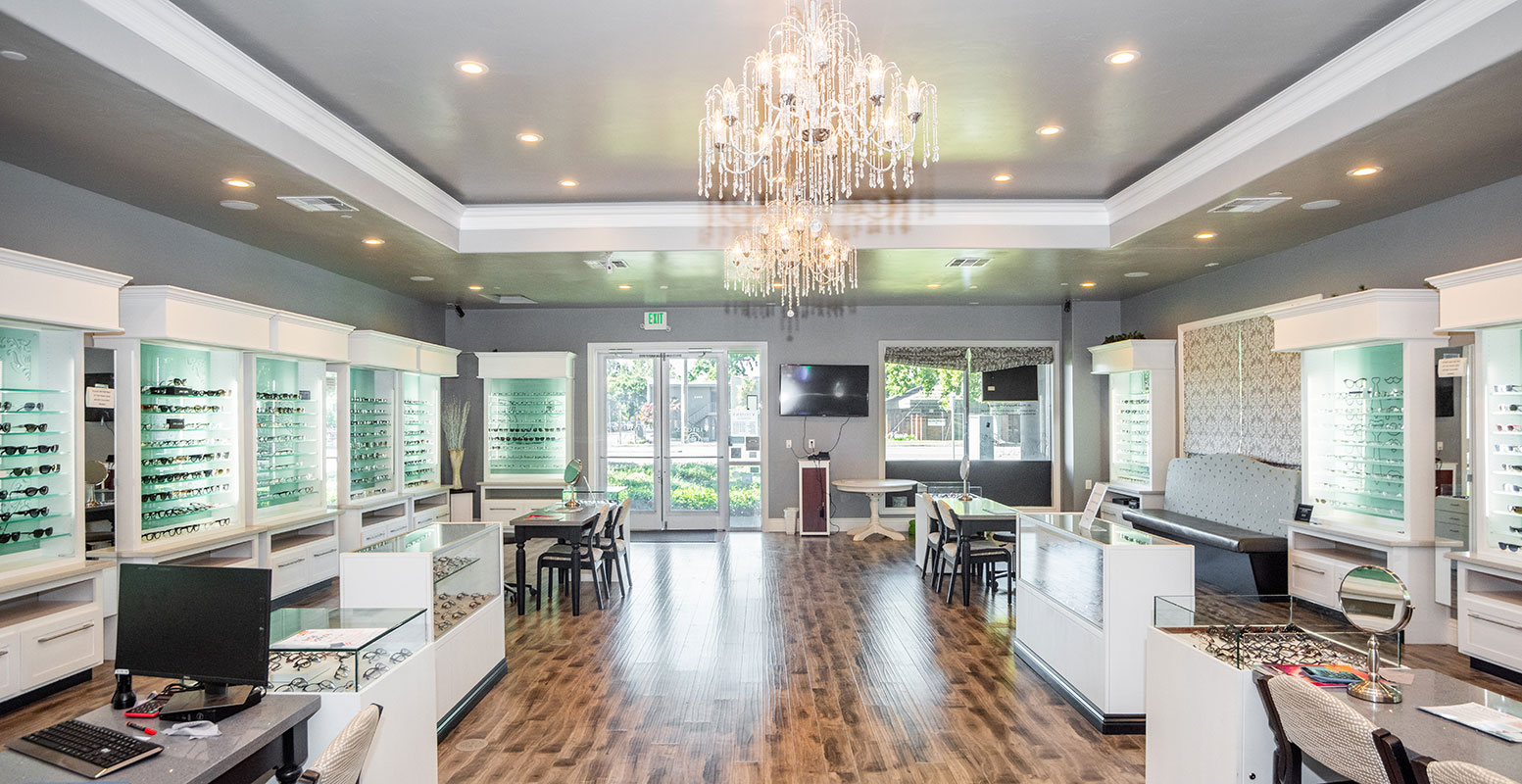Leading Reasons to Check Out an Optometrist Chino for Your Eye Health
Leading Reasons to Check Out an Optometrist Chino for Your Eye Health
Blog Article
Discovering the Most Recent Technological Advancements in Optometry and What They Mean for Optometrists
From the accuracy of Optical Comprehensibility Tomography to the nuanced understandings used by AI-driven diagnostic devices, these developments are establishing new criteria in person evaluation and therapy. As these advancements permeate the practice, eye doctors are encountered with the obstacle of accepting these devices to boost individual end results.
Innovations in Diagnostic Devices
Advancing the field of optometry, advancements in diagnostic tools have transformed the way eye care specialists analyze and detect eye conditions and aesthetic impairments. The past decade has observed significant technological improvements, allowing more comprehensive and accurate assessments. Optical Comprehensibility Tomography (OCT), for instance, supplies high-resolution cross-sectional photos of the retina, enabling the early detection of illness such as glaucoma and age-related macular degeneration. This non-invasive imaging method has actually come to be essential in modern optometric method.
Another trick development is the introduction of advanced corneal topography systems, which map the surface curvature of the cornea with precision. These tools are specifically advantageous for suitable contact lenses and identifying corneal conditions. Moreover, digital retinal imaging has actually changed standard ophthalmoscopy, supplying thorough, scenic views of the retina that help with detailed aesthetic assessments.
The development of wavefront aberrometry has likewise been critical, making it possible for the analysis of refractive errors with unparalleled accuracy (Eye Doctor Optometrist). This technology aids in customizing restorative lenses and improving medical outcomes for refractive surgeries. Collectively, these analysis advancements encourage optometrists to supply premium individual treatment, guaranteeing early treatment and customized treatment strategies, eventually improving aesthetic health end results
AI in Individual Management
Building on the structure of innovative diagnostic devices, the incorporation of fabricated intelligence (AI) in person administration represents a transformative jump for optometry. AI systems are increasingly used to enhance performance, accuracy, and customization in patient treatment.
Moreover, AI-driven systems facilitate streamlined person interactions and management processes. Automated organizing, virtual examinations, and personalized follow-up plans not just enhance person contentment however also maximize time monitoring for specialists. These systems can triage patients based on the necessity of their conditions, making sure that those in essential demand receive prompt interest.
In addition, AI boosts decision-making by giving optometrists with evidence-based suggestions and therapy paths. By integrating information from digital health and wellness records, AI tools use insights that notify medical decisions, lowering the danger of mistakes and improving person outcomes. As AI remains to advance, its function in client monitoring will likely expand, improving the landscape of optometric treatment.
Developments in Retinal Imaging
In the realm of optometry, retinal imaging has witnessed remarkable technological developments that are improving analysis capacities and patient care. Innovations such as Optical Coherence Tomography (OCT) and fundus photography have changed how optometrists assess the retina and imagine. OCT, specifically, supplies high-resolution, cross-sectional pictures of the retina, enabling the thorough exam of its layers. This capacity is important for very early discovery and management of problems like glaucoma, diabetic person retinopathy, and age-related macular deterioration.
Improved imaging modalities like OCT angiography are more refining diagnostic accuracy. This non-invasive method maps blood circulation in the retina, using vital understandings right into vascular health without the requirement for dye shots. Additionally, flexible optics technology is being incorporated right into retinal imaging systems to fix eye aberrations, providing extraordinary image quality. Such advancements promote the identification of min retinal adjustments that could indicate disease progression.
Furthermore, improvements in fabricated intelligence are enhancing retinal imaging by making it possible for computerized evaluation of big datasets. These systems help eye doctors in determining patterns a sign of pathology, consequently boosting diagnostic accuracy and performance. Jointly, these developments are transforming retinal imaging right into a keystone of modern eye care, improving end results and broadening therapeutic possibilities.
Teleoptometry's Growing Function
Teleoptometry is increasingly ending up being a crucial element of eye treatment, driven by innovations in electronic interaction and diagnostic tools. As optometry embraces digital transformation, teleoptometry assists in remote appointments, allowing eye doctors to expand their services beyond traditional boundaries. This is particularly advantageous in underserved and rural locations where accessibility to specialized eye care is typically restricted. By leveraging high-resolution video conferencing and advanced retinal imaging, optometrists can conduct comprehensive eye tests from afar, making certain prompt medical diagnosis and therapy.
The integration of fabricated knowledge (AI) additional improves teleoptometry, making it possible for the evaluation of visual information and helping in the detection of eye conditions such as glaucoma and diabetic person retinopathy. AI-powered algorithms can rapidly analyze complex imaging data, providing optometrists with valuable insights that bolster clinical decision-making.
Additionally, teleoptometry supports connection of care via seamless assimilation with electronic wellness records (EHRs), allowing optometrists to preserve extensive client backgrounds. When consulting with different experts., this guarantees that individuals get regular and customized treatment also.
Despite these advantages, difficulties stay, consisting of guaranteeing data protection and managing patient expectations. Teleoptometry represents a significant stride towards more available, effective, and patient-centered eye treatment. As innovation advances, its role is poised to expand further.

Future Trends in Eye Care
A myriad of innovative patterns is established to improve the future of eye care, driven by technical advancements and the evolving needs of patients. One substantial trend is the integration of expert system (AI) in diagnostics, which assures to boost the precision and performance of eye exams. AI formulas can analyze huge amounts of information from retinal photos, potentially spotting conditions like diabetic person retinopathy and glaucoma earlier than standard methods.
Furthermore, individualized medicine is obtaining grip in optometry, with hereditary screening notifying customized therapy strategies. This approach intends to optimize person outcomes by customizing treatments to this content individual hereditary profiles. Wearable technology, such as clever get in touch with lenses, is also imminent, supplying real-time monitoring of intraocular stress or sugar degrees, thus providing continual insights right into ocular and systemic health.
The fostering of augmented truth (AR) and virtual truth (VIRTUAL REALITY) in training and client education and learning is another arising trend. These modern technologies provide immersive experiences that can boost understanding and skills both for optometrists and people. As these trends develop, eye doctors need to remain abreast of technological advancements to supply cutting-edge care, making certain improved client end results and complete satisfaction in the vibrant landscape of eye treatment.
Conclusion

Collectively, these visit this page diagnostic advancements encourage eye doctors to provide exceptional patient treatment, making sure early intervention and tailored therapy methods, eventually improving aesthetic health and wellness results.

As these innovations proceed to evolve, optometrists have to adapt and integrate them right into technique, ultimately enhancing operations effectiveness and boosting the standard of eye care provided to individuals.
Report this page